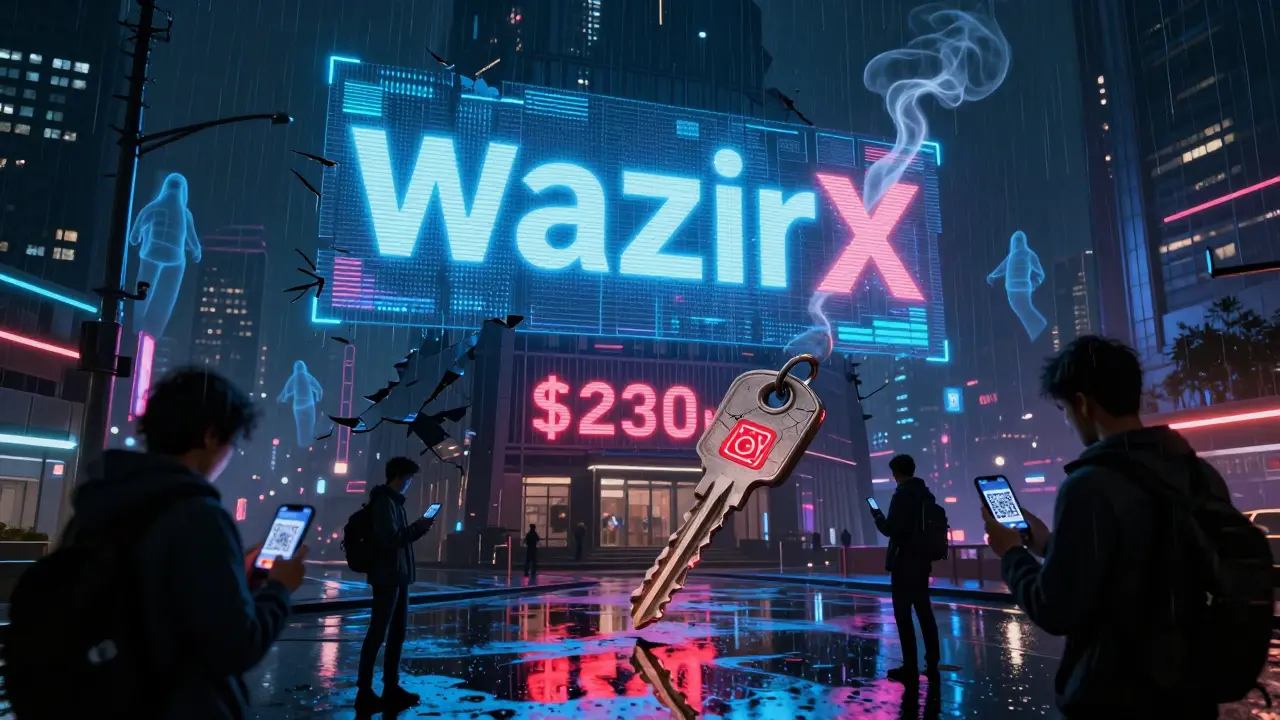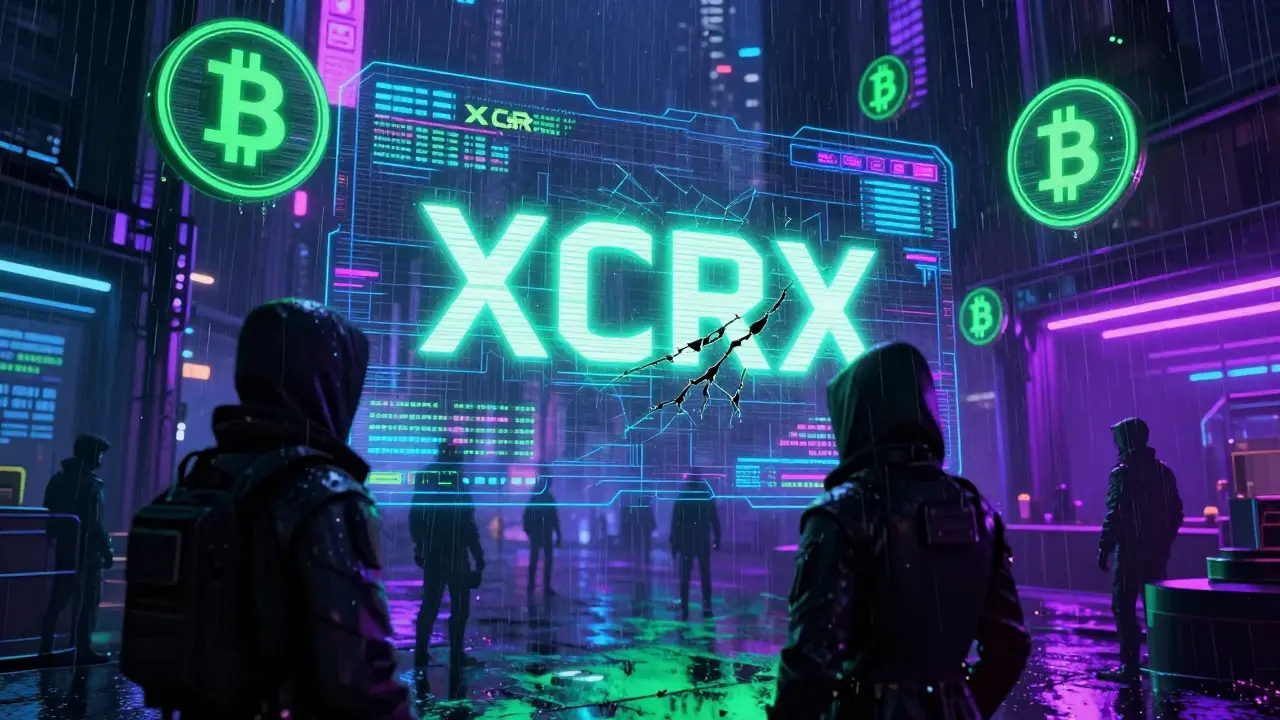WazirX, once India's top crypto exchange, is returning after a $230M hack. Find out if it's safe to use in 2025, what's changed, and whether you should get your funds back.
Category: Cryptocurrency - Page 2
Wrapped NXM (WNXM) is an ERC-20 version of Nexus Mutual's NXM token, enabling DeFi users to use crypto insurance as collateral, earn yield, and trade it on decentralized exchanges without losing coverage. Learn how it works and why it matters.
Crypto compliance in 2025 is no longer optional. With new U.S. laws, EU rules, and global coordination, businesses must adopt real-time blockchain monitoring, train staff in forensic tools, and disclose employee holdings - or risk severe penalties.
Morphware (XMW) is a crypto coin powering a decentralized AI computing network that uses renewable energy to train AI models and mine Bitcoin simultaneously. Unlike most crypto projects, it generates real revenue from enterprise services.
YoBit is an unregulated crypto exchange offering 3,300+ altcoins and no KYC, ideal for anonymous trading. But with a D security rating, no mobile app, and no customer protection, it's only for experienced traders willing to take serious risks.
Original Bitcoin (BC) is not Bitcoin. It's a Solana-based meme coin with a misleading name. Learn the key differences, risks, and why it has nothing to do with the real Bitcoin network launched in 2009.
xCRX (XCRX) is an obscure crypto token with no team, no whitepaper, and almost no trading volume. Learn why it's not a legitimate investment and what red flags to watch for in low-cap cryptocurrencies.
Bitstamp remains one of the most reliable exchanges for XRP and EUR trading, especially in Europe. With strong regulation, deep liquidity, and a clean track record, it's ideal for cautious traders-but slow support and no U.S. access limit its appeal.
There is no official SCIX airdrop as of 2025. Learn why claims of free Scientix tokens are scams, how to spot fake websites, and the only safe way to buy SCIX on Bitget.
Abster (ABSTER) is a meme coin tied to the Pudgy Penguins mascot, launched by an unaffiliated team. With low liquidity, high volatility, and no utility, it's a speculative gamble - not an investment.
Koindex crypto exchange is a scam with no regulation, no real trading, and no user protections. Learn how it tricks victims, why it's listed as fraudulent by global regulators, and which real exchanges to use instead.
TopGoal's only major NFT airdrop with CoinMarketCap happened in 2022. There is no third event in 2025. Learn what went wrong, why the project faded, and how to avoid scams pretending to offer free GOAL tokens.












